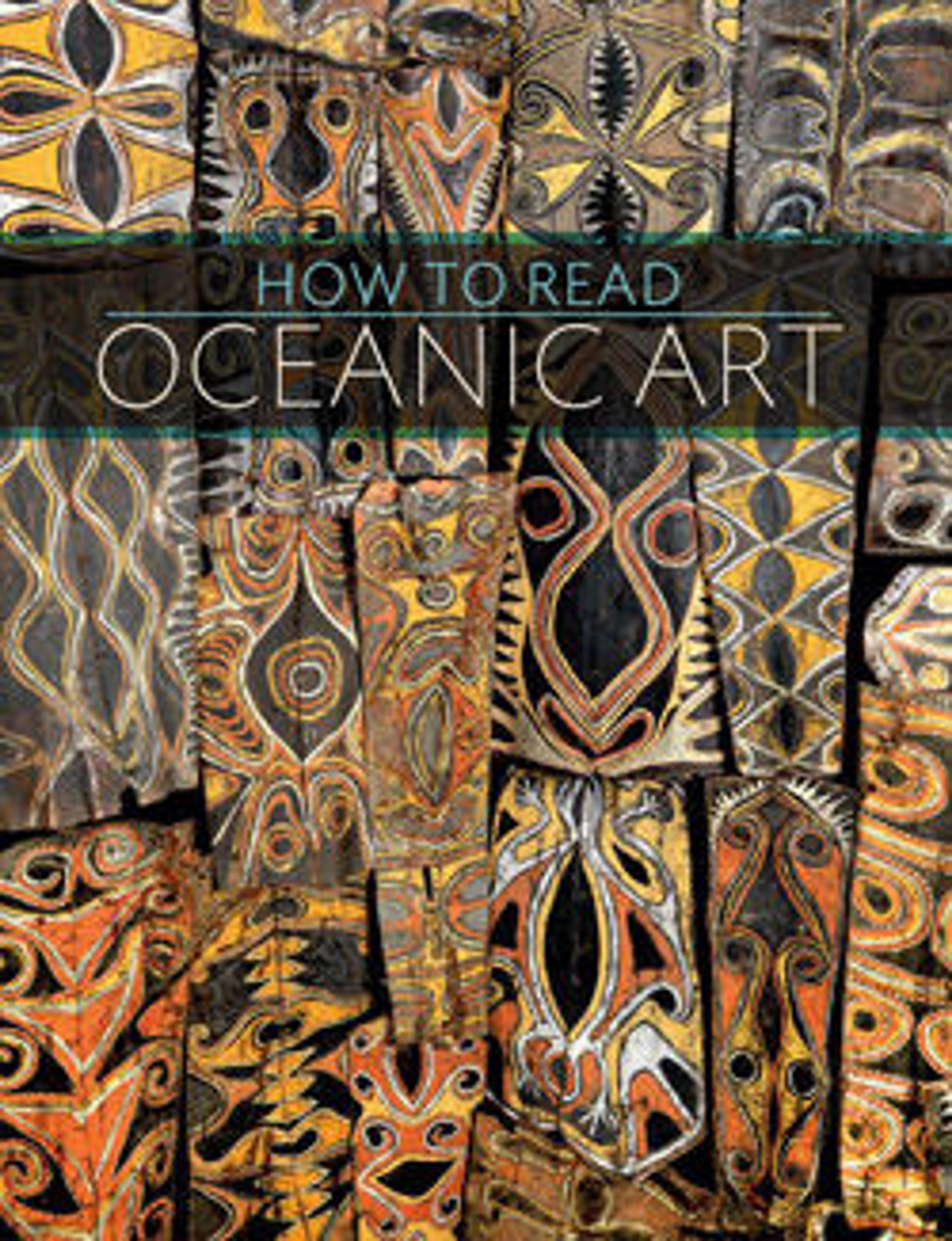Mask (Dagak)
Its deeply sculpted features and prominent bulbous nose indicate that this mask was probably made on northern Grande Terre Island in New Caledonia. Like all Kanak masks, the eyes are not pierced. The wearer looked out through the mouth, depicted in a toothsome grin. Masks were worn as part of elaborate costumes that concealed the wearer’s identity. In northern Grande Terre, masks were associated with the lives and authority of chiefs, who wore them at important gatherings. Clad in the elaborate mask and costume, the chief brandished a spear and other weapons,
with which he ceremonially threatened the surrounding crowd. In the mourning rites of chiefs, masked dancers appeared as substitutes for the deceased.
with which he ceremonially threatened the surrounding crowd. In the mourning rites of chiefs, masked dancers appeared as substitutes for the deceased.
Artwork Details
- Title:Mask (Dagak)
- Date:mid to late 19th century
- Geography:New Caledonia, Grande Terre
- Culture:Kanak people
- Medium:Wood, paint
- Dimensions:H. 20 3/4 x W. 5 1/4 x D. 7 1/4 in. (52.7 x 13.3 x 18.4 cm)
- Classification:Wood-Sculpture
- Credit Line:The Michael C. Rockefeller Memorial Collection, Purchase, Mary R. Morgan Gift; Bequest of Nelson A. Rockefeller and Nelson A. Rockefeller Gift, by exchange, 1983
- Object Number:1983.17
- Curatorial Department: The Michael C. Rockefeller Wing
Audio
1738. Mask (Dagak)
0:00
0:00
We're sorry, the transcript for this audio track is not available at this time. Please email info@metmuseum.org to request a transcript for this track.
More Artwork
Research Resources
The Met provides unparalleled resources for research and welcomes an international community of students and scholars. The Met's Open Access API is where creators and researchers can connect to the The Met collection. Open Access data and public domain images are available for unrestricted commercial and noncommercial use without permission or fee.
To request images under copyright and other restrictions, please use this Image Request form.
Feedback
We continue to research and examine historical and cultural context for objects in The Met collection. If you have comments or questions about this object record, please contact us using the form below. The Museum looks forward to receiving your comments.
